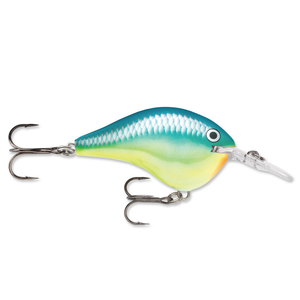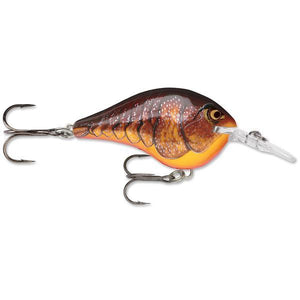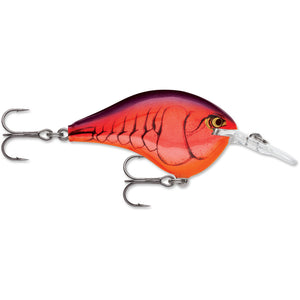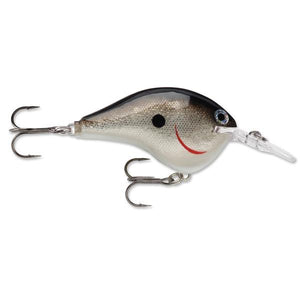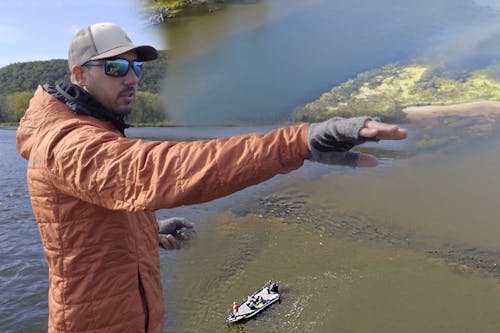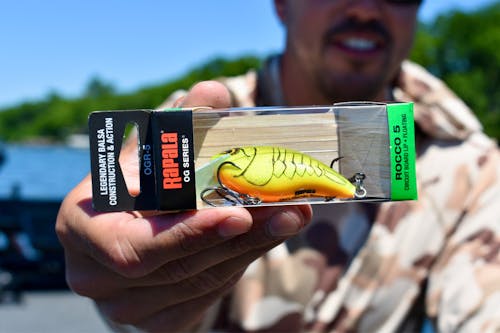When the water temperatures are dropping in the fall, crankin’ is one of the best ways to locate schools of fish. As the seasons transition from summer to fall, bass move to shallow cover and feed. Bass that have been living offshore all summer begin to make their way up to the shallows, stopping in key locations to feed. Grass lines are one of these stopping points. Just like in the summertime, finding irregularities in the grass are the keys to finding fish. Using your electronics allows you to be as efficient as possible with your time on the water. Small points or turns in the grass are high percentage places that can hold a high volume of fish.
When the fall transition begins, it’s a signal for fish to start moving shallow and feed. For Patrick Walters this means one thing, crankin’. Submerged grass can be tricky to fish with a crankbait, but changing line size and the rod you are able to have greater control of the running depth. If the crankbait is running too deep, it gets hung in the roots of the grass, if it's too shallow it goes over the top of the fish. In this situation, Patrick uses a Rapala DT 6, a crankbait that dives 6 feet deep. The grass line he is targeting is about 6 feet deep, growing 3 feet into the water column. To keep this 6 foot diving bait in the zone, Patrick upsizes his line size to 14lb and holds his rod at a 45° angle, keeping the bait running perfectly on the tips of the grass.





